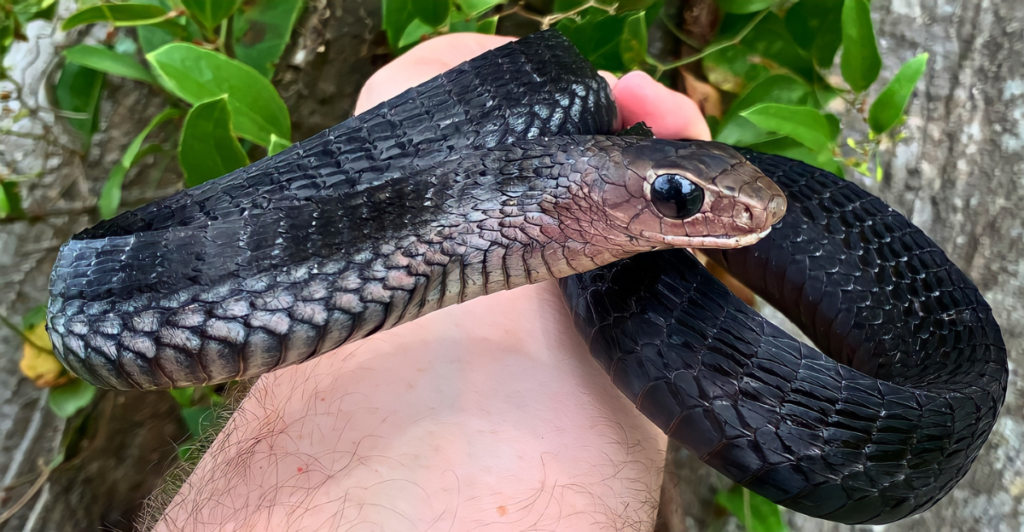
Time has stood still on a remote island in Papua New Guinea. Rossel Island is covered in impenetrable rainforest and a lone ruin left of a village abandoned after World War II. Only a handful of scientists have traveled there since the 1950s.
But reptile expert Fred Kraus recently went to the island, not to hunt for myths or make headlines, but to film reptiles. What he found was astonishing, and never recorded anywhere. A glinting, slender form glided among twisted vines and ruined walls.
Four feet long, with a net-like texture, and unlike anything he had previously ever encountered. Kraus trailed it into the jungle, never imagining this chance encounter would represent a monumental scientific discovery. Something elusive, quiet, and ancient was about to be revealed.
A Hidden Giant Emerges
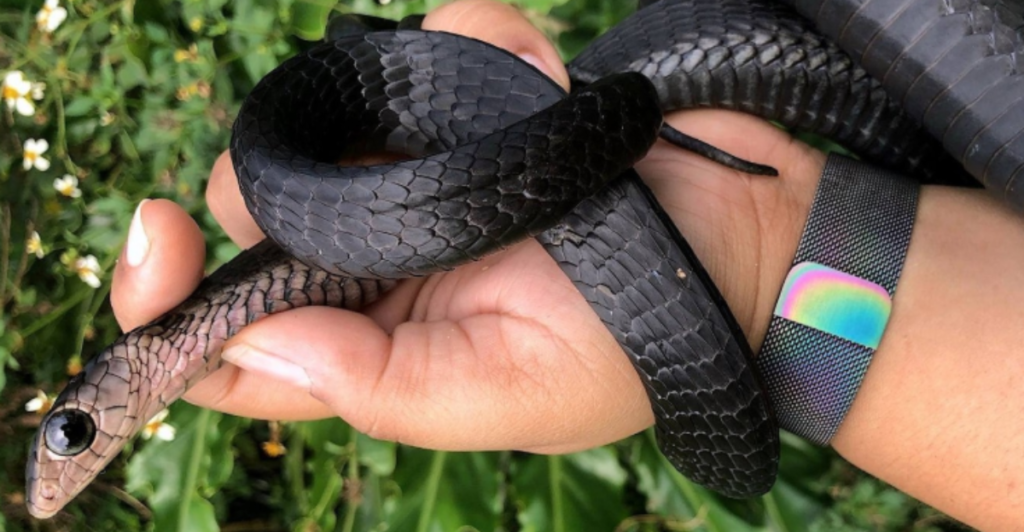
Rossel Island’s greenery is something more than a keeper of secrets from the past: it holds forms of life unseen by science. It was in the 1950s that scientists last studied the island’s reptiles. Since then, it had almost been entirely forgotten.
But Kraus, working on behalf of a project to record Papua New Guinea’s biodiversity, sensed that the island still hid mysteries waiting to be discovered. As he strolled through the then-abandoned village of Bibikea, he saw a strange creature: a four-foot snake with oily skin and orange gleaming eyes.
It slithered with uncanny ease, its black-framed pattern of scales looking like a net. The species baffled the scientist. He caught it, took samples, and in seconds knew he had caught a new snake species.
The Black Net Tree Snake

After deliberate study, Kraus dubbed the new species Dendrelaphis melanarkys—black net tree snake. The name comes from Greek words for “black” (melan) and “net” (arkys), describing the snake’s striking scale pattern.
The genus is Dendrelaphis, which consists of slender, active snakes usually inhabiting trees. However, this reptile is found outside the forest canopy. Kraus discovered it in rainforest understory, village gardens, and ruins. Growing to as long as 4 feet, 11 inches in length, it is bigger than its family.
Glossy black scales, black tongue, and bright eyes lend it an appearance an otherworldly beauty. It fits seamlessly into the leafy environment yet is a treasure among scientists.
Discovered in a Ghost Village
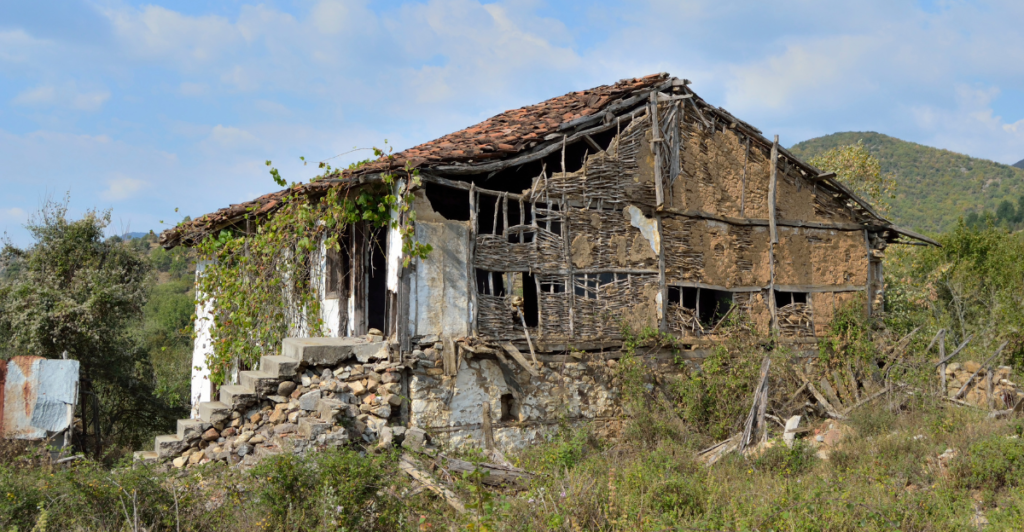
This new species wasn’t hiding in a pristine jungle—but in Bibikea, a deserted village overgrown with vines and roots. Bibikea was once a prosperous inland village, but New Guinea was used as a battlefield by Japanese, Australian, and American forces during World War II.
Civilians were uprooted, and a number of villages were forcibly relocated by the Australian government following the war. Bibikea was among them. Abandoned, it gradually succumbed to nature. But not all its inhabitants disappeared completely.
The black net tree snake occupies those empty garden beds and bushy trails. It succeeds where humans once did—reminding us that even shattered fragments of land can be sanctuaries. Kraus’s find provides a living, untamed page to the tale of this abandoned village.
What Makes This Snake Different?
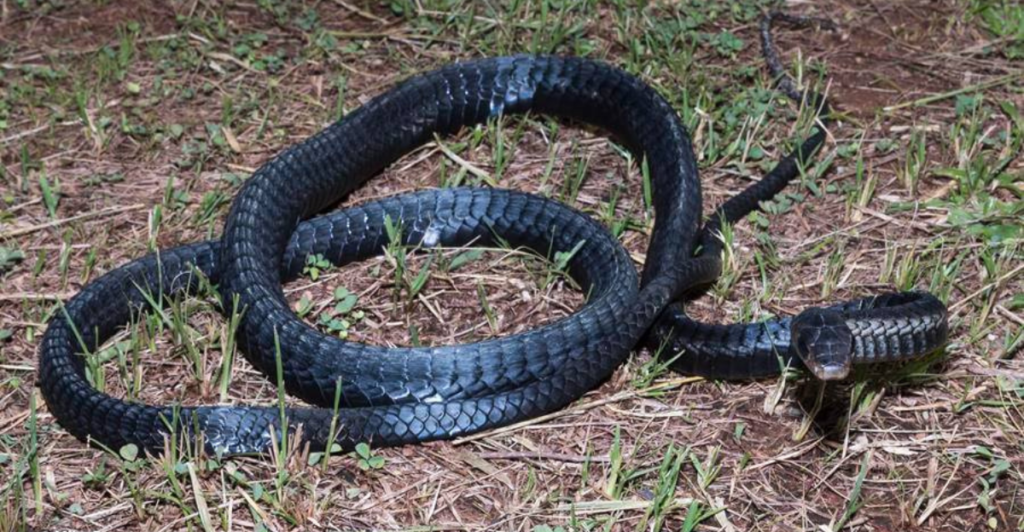
All snakes are not the same. The black net tree snake differentiates itself in a few ways. Its sheer size already makes it distinctive among the Dendrelaphis. But its coloring is really unusual: glossy scales bordered in black, forming a dramatic lattice pattern over its body.
Its intense orange eyes give it an otherworldly glare, and its dark-tongued tongue furiously probes the air. Not only is it venom-free, but it’s also fast, watchful, and skilled at hiding. Kraus analyzed the unusual snake against all snakes of its genus and none shared its.
Its range, appearance, and habits cemented its classification as a new species. Evolution had toiled behind the scenes, and this snake turned out to be a living consequence.
How Do Scientists Classify a New Species?

It’s not enough to say that a creature looks physically different to deem it a new species. Scientists have to first record the physical characteristics of the animal—size, color, scale pattern, eye color, tongue shape, among other features.
They then compare it to museum specimens. If there is no known match, DNA testing helps confirm whether it is genetically distinct. In Kraus’s case, he publicly declared his find in the peer-reviewed journal Zootaxa, placing the species on scientific records.
Naming it was taxonomic convention, using descriptive Greek or Latin roots to characterize appearance and ancestry. This process ensures that new finds are reproducible, precise, and novel—a crucial step toward understanding the planet’s actual biodiversity.
The Role of Hidden Places
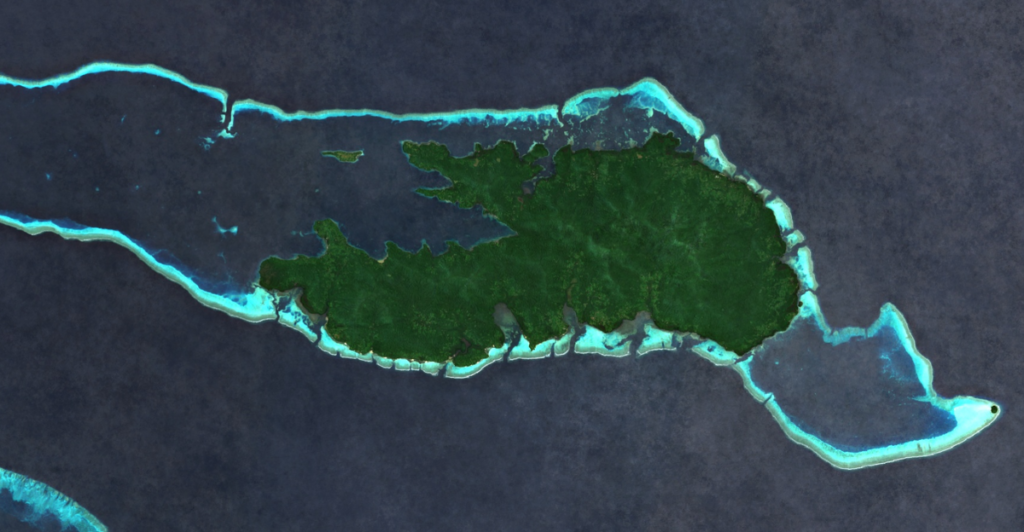
Islands like Rossel Island often tend to be where nature hides her best-kept secrets. Why? Because they remain unspoiled by humans. When Bibikea was abandoned, the jungle relcaimed the area, unscathed by agriculture, pollution, or the arms of today’s development.
That provided the most ideal haven for creatures like the black net tree snake to thrive. Across decades, unblemished habitats enable species to flourish, evolve, and go unnoticed by humans. Abandoned areas turn into natural labs—teeming with flora and fauna.
To scientists, these areas are gold mines of data. They show us what nature looks like when untainted by us. Ironically, an absence of humans can lead to breakthrough scientific discoveries.
Why This Discovery Matters

Finding a new species is not just thrilling—it’s essential. Each new animal is an addition to our world’s intricate tapestry of life. The black net tree snake contributes to knowledge of snake evolution, behavior, and adaptability.
It also demonstrates that previously unexplored regions such as Papua New Guinea remain scientific gold. While ecosystems are being lost elsewhere due to climate change and deforestation, recording previously unexplored biodiversity is important. Each new find is evidence for the cause of conservation.
We can’t save it unless we know it exists. Kraus’s find enlightens us to the less explored corners of the map and overlooked areas. A single new snake discovery may not seem that significant in the grander scheme of things, but it alters the map of what we believed we knew.
What’s Next for Rossel Island?

The discovery of Kraus has generated fresh interest in Rossel Island. Scientists believe more undiscovered species must still be present among the untainted dense vines and ruins. Might the island harbor other reptiles, amphibians, or even mammals? Future visits are a certainty, but they won’t be possible without some obstacles.
Further human contact might harm the very ecosystems that enabled Dendrelaphis melanarkys to survive. Conservationists are demanding careful exploration—caution mixed with curiosity. The island’s remoteness, which was once a hindrance, is now its strongest attribute.
Future expeditions will no doubt reveal further secrets below its leaves and among its ruins. Rossel Island is no longer a distant corner of the Pacific. It’s a hotbed for life and future discoveries.
A Silent Messenger from the Past
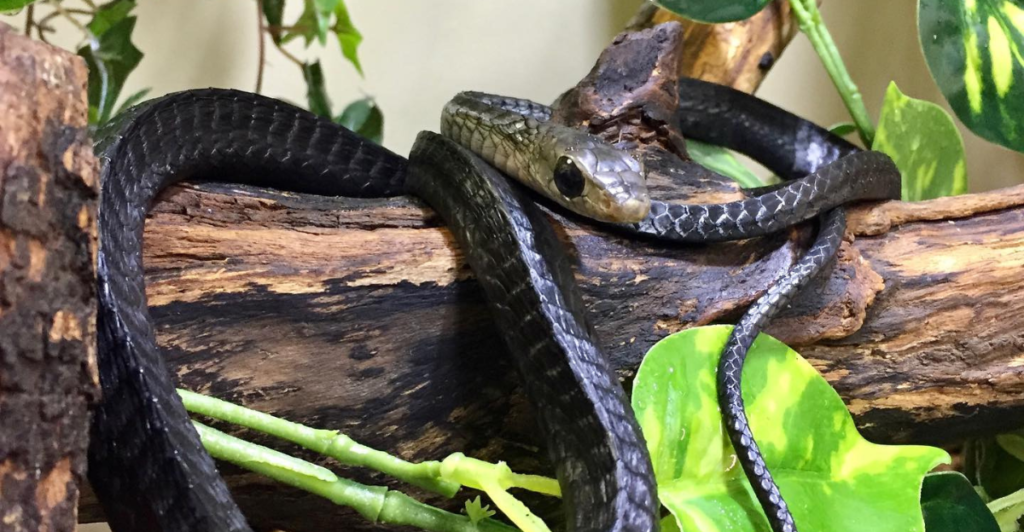
The black net tree snake is not only a biological wonder. It’s a messenger from the past, from nature and from the forgotten edges of the world. It crawled through a war-torn village, it grew unheeded for decades, and it sprang up just when the world felt too familiar to startle us.
The find is proof that there are still mysteries on the planet—still new stories, new life forms, and new ecosystems in the shadows. It reminds us to look further beyond what we know. And at times, amidst the ruin of our history, the future awaits—orange-eyed, smooth-scaled, and utterly surprising.
Explore more of our trending stories and hit Follow to keep them coming to your feed!

Don’t miss out on more stories like this! Hit the Follow button at the top of this article to stay updated with the latest news. Share your thoughts in the comments—we’d love to hear from you!







